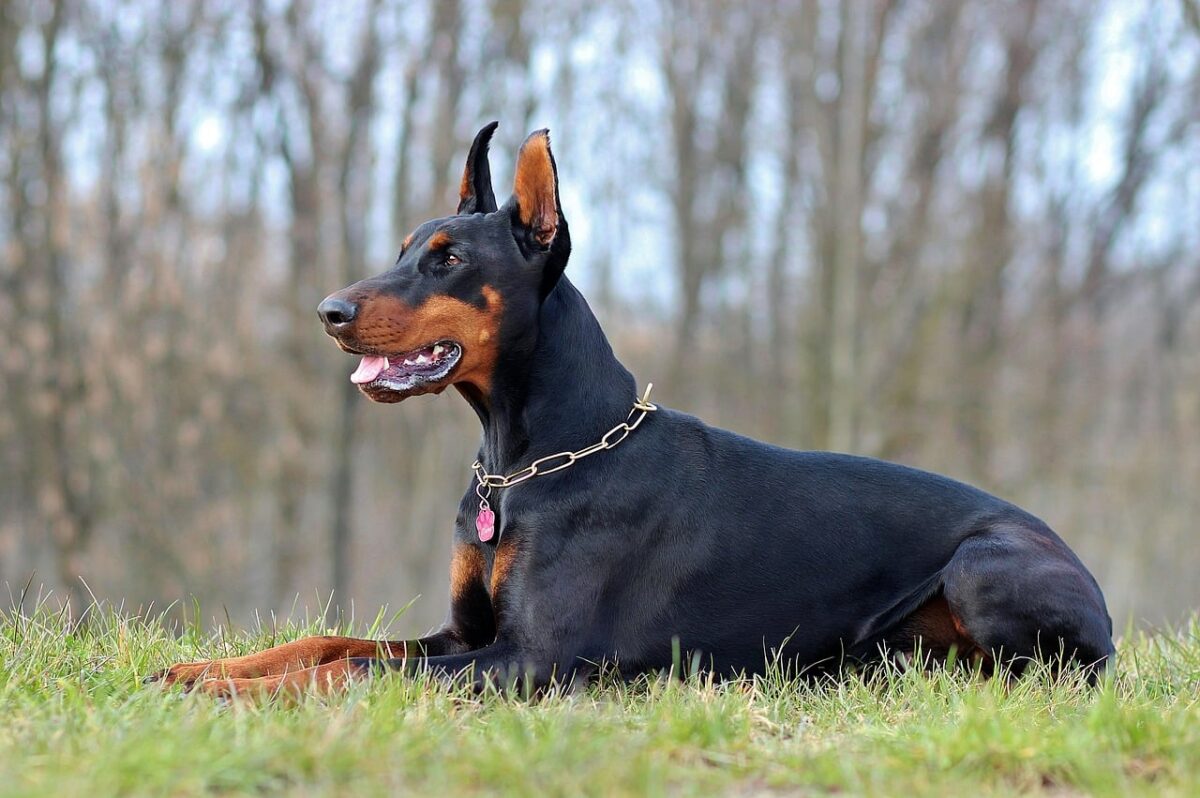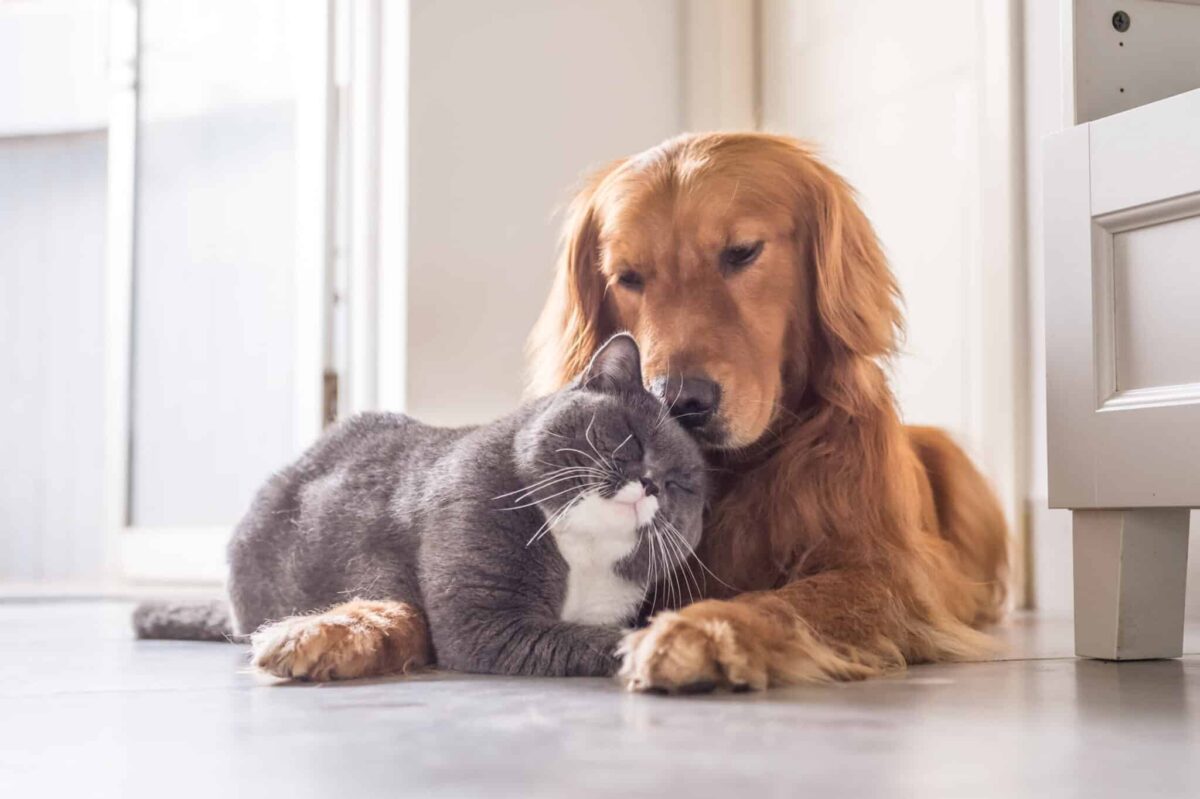end.
Positive reinforcement is a powerful tool that dog owners can use to train their furry friends effectively. By rewarding good behaviors with treats, praise, or toys, dog owners can encourage their pets to continue exhibiting those behaviors. This method of training is not only effective, but also creates a strong bond between dogs and their owners.
Positive reinforcement is based on the principles of operant conditioning, a theory developed by psychologist B.F. Skinner. According to Skinner, behaviors that are reinforced are more likely to be repeated, while behaviors that are punished are less likely to be repeated. In the context of dog training, positive reinforcement involves rewarding desirable behaviors to encourage their repetition.
There are many benefits to using positive reinforcement in dog training. One of the biggest advantages is that it is a humane and ethical approach to training. Punishment-based methods, such as using shock collars or physical corrections, can cause fear, anxiety, and aggression in dogs. Positive reinforcement, on the other hand, is a gentle and effective way to encourage good behaviors without causing harm or stress to the dog.
Furthermore, positive reinforcement helps to strengthen the bond between dogs and their owners. By using treats, praise, or toys as rewards, dog owners can build a positive association with training and create a sense of trust and cooperation between themselves and their pets. In addition, positive reinforcement can help to improve communication between dogs and their owners, as dogs learn to understand and respond to cues and commands.
Positive reinforcement is also a highly effective method of training. Research has shown that dogs respond better to positive reinforcement than to punishment-based methods. By rewarding good behaviors, dogs are more likely to repeat those behaviors and learn new ones quickly. Positive reinforcement can be used to teach basic commands, such as sit, stay, and come, as well as more complex behaviors, such as agility or scent work.
To use positive reinforcement effectively, dog owners should follow a few key principles. First, it is important to reward good behaviors immediately after they occur. Dogs have short attention spans, so it is essential to reinforce behaviors as soon as they happen. Second, the rewards used should be highly motivating to the dog. Treats, such as small pieces of cheese or meat, are often the most effective rewards, but some dogs may be more motivated by toys or praise.
It is also crucial to be consistent in using positive reinforcement. Dogs thrive on routine and consistency, so it is important to reward good behaviors consistently every time they occur. Inconsistent or sporadic reinforcement can confuse dogs and make training less effective. Finally, it is essential to be patient and persistent when using positive reinforcement. Training takes time and patience, so dog owners should be prepared to invest time and effort into teaching their pets new behaviors.
In conclusion, positive reinforcement is a powerful tool that dog owners can use to train their pets effectively. By rewarding good behaviors with treats, praise, or toys, dog owners can encourage their dogs to continue exhibiting those behaviors. Positive reinforcement is a humane and ethical method of training that creates a strong bond between dogs and their owners. It is also highly effective and can be used to teach a wide range of behaviors. By following key principles, such as rewarding good behaviors immediately, using highly motivating rewards, being consistent, and being patient and persistent, dog owners can successfully train their pets using positive reinforcement.
FAQs
Q: How do I use positive reinforcement to train my dog?
A: To use positive reinforcement effectively, reward your dog with treats, praise, or toys immediately after they exhibit a desired behavior. Be consistent in rewarding good behaviors and be patient and persistent in your training.
Q: What are some examples of rewards I can use in positive reinforcement training?
A: Treats, such as small pieces of cheese or meat, are often the most effective rewards. Some dogs may also be motivated by toys or praise.
Q: How long does it take to train a dog using positive reinforcement?
A: Training time can vary depending on the dog and the behavior being taught. Some behaviors may be learned quickly, while others may take more time and patience.
Q: Can positive reinforcement be used to correct bad behaviors in dogs?
A: Positive reinforcement is most effective for teaching and reinforcing good behaviors. For addressing undesirable behaviors, such as jumping or barking, it may be more effective to use a combination of positive reinforcement and other training methods.











